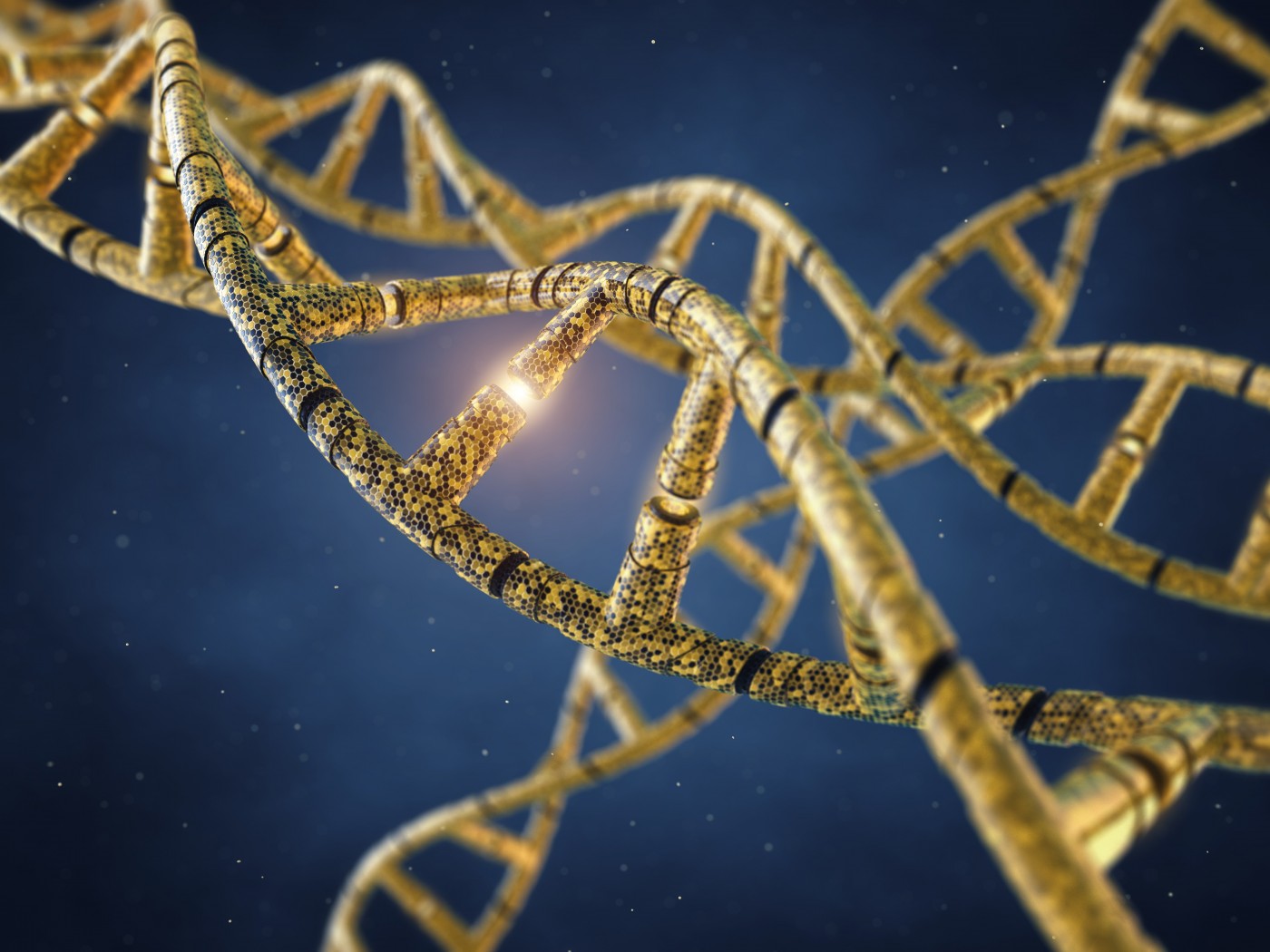Inhibiting HDAC2 Enzyme May Stop Memory Loss

A research team from MIT has found a way to reverse memory loss in mice, which may lead to new treatments for patients with Alzheimer’s disease. The findings were reported in a study titled “The Transcription Factor Sp3 Cooperates with HDAC2 to Regulate Synaptic Function and Plasticity in Neurons” and published in the journal Cell Reports.
The method focuses on the interactions of the SP3 gene with an enzyme named HDAC2, which can turn genes off that are essential for creating new memories. This process contributes to the formation of a genetic blockade in the brains of patients with Alzheimer’s disease and leads to cognitive decline.
“If we can remove the blockade by inhibiting HDAC2 activity or reducing HDAC2 levels, then we can remove the blockade and restore expression of all these genes necessary for learning and memory,” explained Li-Huei Tsai, director of MIT’s Picower Institute for Learning and Memory and the study’s lead author, in a press release.
Researchers had previously known that the enzyme prevented transcription of memory-linked genes, such as those responsible for synaptic plasticity. Moreover, it was augmented in both the brains of patients with Alzheimer’s disease and in multiple mouse models of the disease.
Although HDAC2 inhibitors prevent memory loss in animal models, they also affect other HDAC family members, which causes side effects. To overcome this problem, the team looked for specific partners that the enzyme requires for gene silencing, which led them to a gene called Sp3. This gene helps recruit HDAC2 to chromatin and can be found in levels that correlate with those of HDAC2 in the postmortem brains of Alzheimer’s patients.
The researchers then tested if lowering the Sp3 levels in a mouse model of Alzheimer’s disease would have the same effects as blocking HDAC2. They found that a genetic strategy that “knockdowns” Sp3 gene also restored the mice’s ability to form long-term memories.
Because the same genetic tools cannot be used in humans, the research team needed to develop a drug that blocked the Sp3-HDAC2 interaction. They identified the specific region of the HDAC2 protein that binds to Sp3. Now, they think they may find a chemical compound that specifically targets this region and disrupts the interaction without the side effects of more general HDAC inhibitors.






